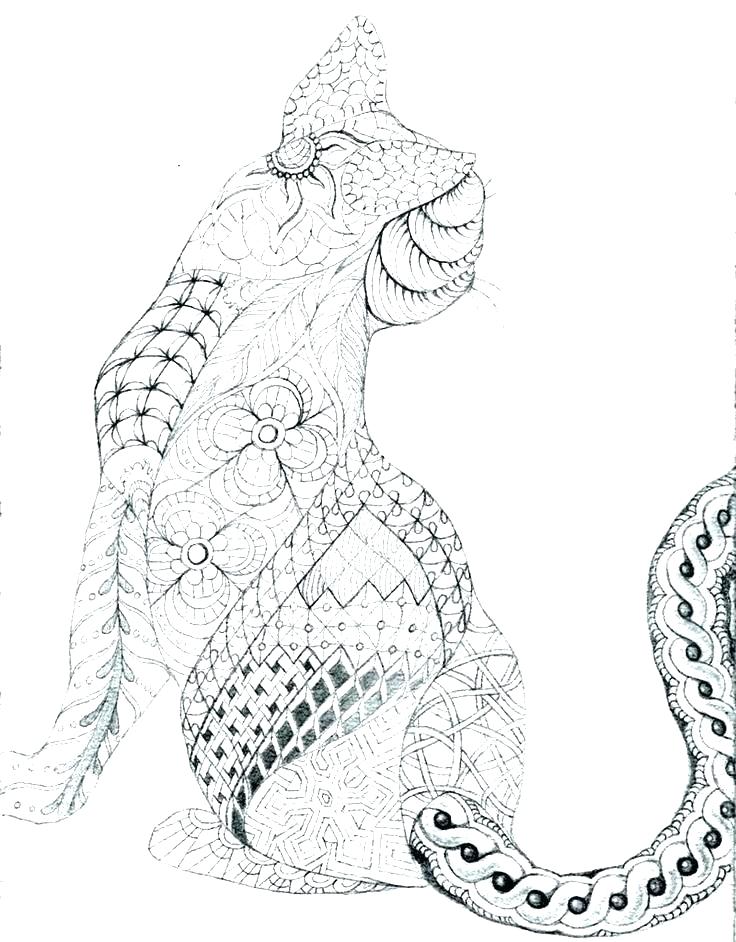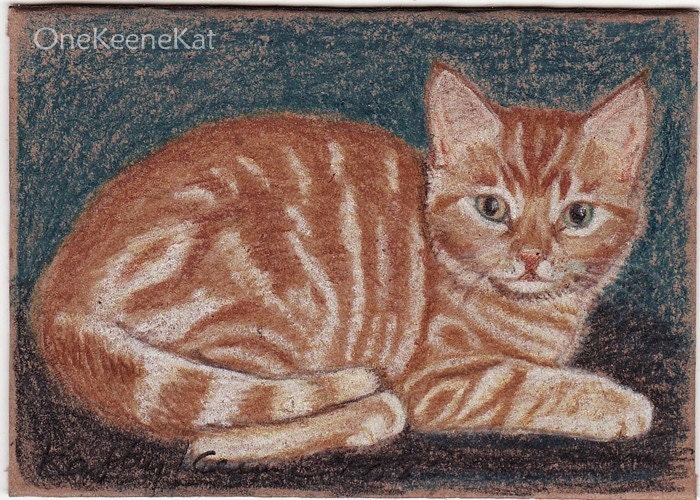
Classic tabbies, also called blotched tabbies, have a combination of stripes, swirls, blotches and what looks like a bull’s-eye on the sides of their bodies.

Also, when an adult cat with a solid coat lies in bright sunlight their underlying tabby pattern can often be faintly seen.” The tabby pattern includes the characteristic “M” marking on their foreheads and four basic types: Solid-color kittens will sometimes show their underlying tabby pattern when young before their kitten coat sheds and the adult coat grows in. “However, even solid-colored red cats will show tabby pattern because the sex-linked chromosome is not affected by the non-agouti gene. “Whether they show their tabby pattern or not depends on whether the cat has inherited the dominant agouti gene or the recessive non-agouti solid color gene,” she explains. When it comes to cat colors and coat patterns, here’s a mind-blowing fact: All cats are tabbies. Read more about cat color and genetics on Paws and Effect > When it comes to coat patterns, here’s a mind-blowing fact: All cats start as tabbies. Piebalds are spots or patches that are absent of pigmentation, or white. Should a cat also inherit the piebald white spotting factor, then this female can be a tortie and white bicolor, or calico tricolor cat with large black and red areas on a white coat,” Miller says. If the dilute factor is inherited, the female cat will be a blue-cream. “This is how we obtain the flashy tortoiseshell-colored females, who have black coats with splashes of red. Since females are XX, they can be both black and red. Because males are XY with only one X chromosome, they can only be black or red (or the variations of each due to modifying factors). That’s because the orange gene is carried on the sex-linked X chromosome. If you’ve studied cats for very long, you probably know that calico and tortoiseshell cats - those with both black and red coat colors - are female. These inherited polygenes are controlled through selective breeding in pedigreed breeds. Polygenes, genes that require multiple others of their kind for their effects to be observable, then determine whether the coat color tone will be a dark steel gray-blue or a pale powder blue, she explains. “The hundreds of colors and patterns displayed in domestic cat coats come about because of modifying factors that include both genes and polygenes, which change these basic two colors,” she says, giving an example of the dilute gene, which changes cat colors from black to blue (commonly called gray) and red to cream. By red, we mean what is commonly called orange. Cat colors - what coat colors can cats have?īasically, when it comes to cat colors, cats are black unless they have inherited the sex-linked orange masking gene, in which case, they are red, Miller explains. Cats basically come in black, red, white or some combination, dilution or mixture of these.

Cats with an all-ticked pattern almost shimmer in the sunlight because of the color variation.“Birds derive their brilliant coloring because of the chemical structure of their feathers and amino acid modifiers, which is different from that of cat coat textures where pigmentation is based on melanin types,” says Joan Miller, the Cat Fanciers’ Association’s outreach and education chair and renowned cat expert. If you look closely, you'll see different bands of color down the length of the cat's hairs. Agouti (Ticked): Most tabby cats will have agouti hairs as part of their pattern.

Spotted: The Ocicat and the American bobtail are good examples of spotted tabby patterns, although some moggies will also demonstrate this color pattern.They will have a darker color in spots running in two lines across their tummies (called "vest buttons"). Mackerel tabbies have striped rings around their tail and legs, a "necklace" of stripes on the front of their chests, and bands of solid or broken stripes running down the sides of their bodies. Mackerel (striped): This is by far the most common pattern, so much so that some people think it should have received the title "classic" designation.Many American shorthair cats demonstrate this pattern. Classic: This pattern usually has whorls ending in a "target" on the side of the cat.


 0 kommentar(er)
0 kommentar(er)
